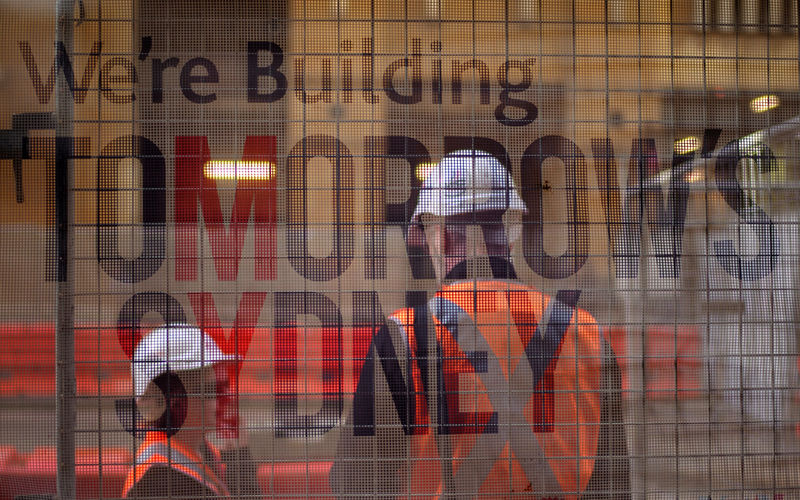The aviation sector contributes about 2.4% of CO2 emissions globally, a number that is expected to rise in line with the growing demand for air travel.
As the number of flights and passengers continues to increase – with an expected 6 billion people flying annually by 2030 – the industry must find a way to reduce emissions.
The quest for decarbonisation is critical, yet the prospect of hydrogen-fuelled or battery-powered commercial flights remains distant.
Net zero for flights by 2050
In 2023, the International Air Transport Administration (IATA) set an ambitious goal of achieving net zero carbon emissions for flights by 2050. The strategy includes a multifaceted approach - 5% dependency on sustainable aviation fuel (SAF), 13% on new technologies like electric and hydrogen-powered aircraft, 3% through enhanced infrastructure and operational efficiencies, and 19% reliance on carbon capture and offset mechanisms.
In the United States, NASA is at the forefront of advancing battery technology for aviation. Present battery systems, sufficient for lighter aircraft like drones, fall short for passenger flights due to limited power and range.
Lithium-ion batteries, widely used in electric vehicles (EVs), are unsuitable for commercial aviation owing to safety concerns, particularly their flammability. NASA's focus has shifted to solid-state battery development under its Solid-state Architecture Batteries for Enhanced Rechargeability and Safety (SABERS) project.
Innovations often begin with a "what if?" What if we could build a battery that's safe, high energy, and light enough to advance the development of electric aircraft? Researchers @nasaglenn are exploring this possibility through a project called SABERS. Watch+learn more ???? pic.twitter.com/UUqxencErB— NASA Aeronautics (@NASAaero) December 21, 2023
These batteries, lighter and more efficient than lithium-ion counterparts, have shown promise in extending the range of EVs. NASA's sulphur selenium battery prototype, producing 500 watt-hours per kilogram, doubles the energy density of standard lithium-ion batteries.
Rocco Viggiano, SABERS' lead investigator, highlights the solid-state battery's potential to drastically reduce weight and significantly enhance energy storage capacity, surpassing current lithium-ion technology.
Australian initiatives in electric aviation
Australia is an early mover in electric aviation with Sydney Seaplanes planning to become the country’s first all-electric airline.
Fortunately, many Sydney Seaplanes flights are short, such as 10 minutes or so from its base at Rose Bay north to Palm Beach.
Sydney Seaplanes and its partners, including aircraft engine maker magniX, plan to spend upwards of $5 million over the next two years to convert a 12-seat Cessna Caravan.
Meanwhile, South Australian aeroplane builder Bader Aero is developing a two-seater electric plane for use in pilot training.
In 2021, Bader Aero set a record by completing the longest journey by an electric aircraft. It flew over seven days to complete an 18-stop flight across South Australia.
Earlier this year, the Queensland Council of Mayors and US firm Wisk signed a deal to develop four-seater driverless eVTOLs (electric Vertical Take-Off and Landing aircraft) to launch as air taxis in Brisbane by 2032.
The planned aircraft looks like a bigger version of a drone with six propellors on each wing. They are expected to have a range of 144 kilometres and travel at a speed of up to 120 knots, with a fast charging time of just 15 minutes.
While there’s no pilot onboard our autonomous #eVTOL #airtaxi, we still have to avoid other aircraft and maintain separation requirements. We do this through a robust, multi-layer deconfliction process, including route design, flight planning, air traffic control services, and… pic.twitter.com/JD0BS79J8C— Wisk (@WiskAero) December 11, 2023
Despite these optimistic developments, significant hurdles remain, particularly in powering larger commercial aircraft.
For instance, Rolls Royce (LON:RR)'s initiative in the UK involved developing a single-seat plane powered by hefty 450-kilogram batteries, demonstrating the challenges of battery weight in aviation applications.
Professor Venkat Viswanathan of Carnegie Mellon University co-authored a study suggesting potential advancements in battery chemistry for aviation by 2030, provided all developments proceed optimally.
However, even in the best-case scenario, this technology may only suffice for short-haul flights, indicating that battery-powered aircraft, while increasingly feasible, are unlikely to replace traditional commercial aviation in the immediate future.
